JavaScript is a popular programming language that is widely used for developing web applications. One of the reasons for its popularity is the availability of various JavaScript frameworks that make web development easier and faster. JavaScript frameworks are collections of pre-written JavaScript code that provide a structured approach to web development.
JavaScript frameworks provide developers with a set of tools and libraries that can be used to create complex web applications quickly and efficiently. They offer features such as data binding, routing, and templating, which help developers to build scalable and maintainable applications. Some of the popular JavaScript frameworks include React, Angular, Vue, and Ember. Each of these frameworks has its own strengths and weaknesses, and developers can choose the one that best suits their needs.
Overview of JavaScript Frameworks
JavaScript frameworks are collections of pre-written JavaScript code that can be used to simplify and speed up the development of web applications. Frameworks provide a structure for developers to build on, allowing them to focus on the unique aspects of their application rather than reinventing the wheel with every project.
One of the primary benefits of using a JavaScript framework is that it can significantly reduce development time. Frameworks provide a set of tools and libraries that can be used to quickly build out common features such as user authentication, form validation, and data visualization.
Another advantage of using a framework is that it can help ensure consistency across an application. By following a set of established conventions and best practices, developers can create code that is easier to read, maintain, and debug. This can be especially helpful on large projects with multiple developers.
There are many different JavaScript frameworks available, each with its own strengths and weaknesses. Some of the most popular frameworks include React, Angular, Vue.js, and Ember.js. Choosing the right framework for a project depends on a variety of factors such as the complexity of the application, the size of the development team, and the specific needs of the project.
It is important to note that while frameworks can be a powerful tool for developers, they are not a silver bullet solution. As with any tool, it is important to use them appropriately and to understand their limitations. Developers should also be aware of the potential downsides of using a framework, such as increased complexity and reduced flexibility.
Popular JavaScript Frameworks
JavaScript frameworks are essential tools that developers use to build web applications. They provide a structure for organizing code, making it easier to develop and maintain complex applications. In this section, we will discuss some of the most popular JavaScript frameworks used in 2024.
React

React is a popular JavaScript library for building user interfaces. It was developed by Facebook and is widely used in the industry. React allows developers to build reusable UI components and manage the state of their applications efficiently. It is also known for its performance and flexibility, making it a great choice for building complex applications.
Vue.js

Vue.js is another popular JavaScript framework that has been gaining popularity in recent years. It is a progressive framework that allows developers to build complex applications in an incremental way. Vue.js has a small footprint and is easy to learn, making it a great choice for both beginners and experienced developers.
Angular
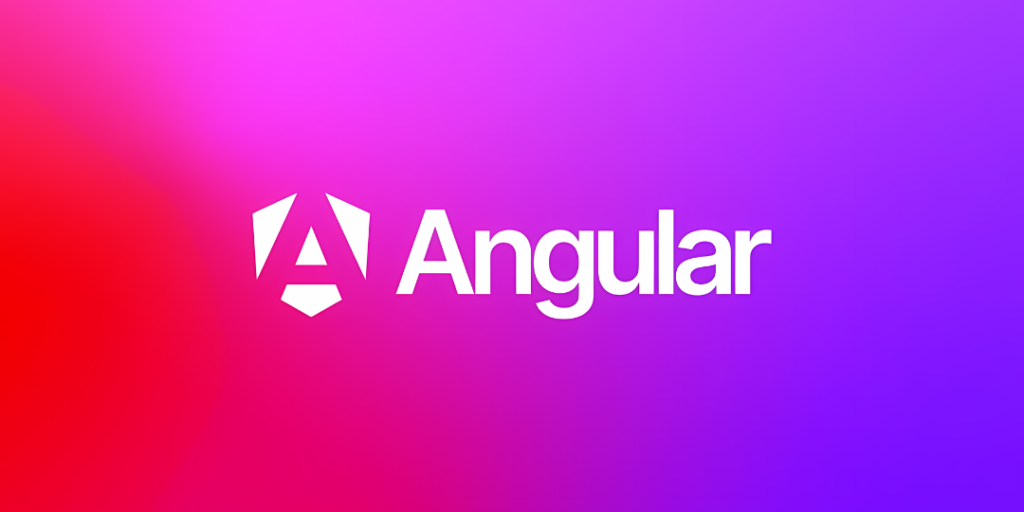
Angular is a powerful JavaScript framework developed by Google. It is a full-featured framework that provides a complete solution for building complex applications. Angular is known for its robustness, scalability, and performance. It is also widely used in the industry, making it a valuable skill for developers to have.
Svelte

Svelte is a relatively new JavaScript framework that has been gaining popularity in recent years. It is known for its efficiency and simplicity, allowing developers to build highly reactive web applications with less boilerplate code. Svelte is a great choice for building small to medium-sized applications.
Ember.js

Ember.js is a JavaScript framework that has been around for a while. It provides a complete solution for building complex web applications, including features such as routing, data management, and testing. Ember.js is a great choice for large-scale applications and is widely used in the industry.
Overall, these are some of the most popular JavaScript frameworks used in 2024. Each framework has its strengths and weaknesses, and the choice of framework ultimately depends on the requirements of the project.
Comparative Analysis
JavaScript frameworks have revolutionized web development by providing developers with tools to build scalable, maintainable and efficient web applications. In this section, we will compare the performance, community support, and learning curve of some of the most popular JavaScript frameworks.
Performance
Performance is a critical factor in web development. A framework that performs well can make a significant difference in the user experience. According to a comparative analysis conducted by JSOFTWARE, Angular, React, and Vue.js are the top-performing JavaScript frameworks. These frameworks are known for their fast rendering speed, efficient memory management, and minimal load times. However, it is essential to note that performance can vary depending on the size and complexity of the application.
Community Support
Community support is another crucial factor to consider when choosing a JavaScript framework. A framework with a large and active community can provide developers with access to valuable resources, including documentation, tutorials, and plugins. According to the comparative guide by Exploring the Power of JavaScript Frameworks, React, Angular, and Vue.js have the most extensive communities. These communities are known for their active engagement, frequent updates, and contribution to open-source projects.
Learning Curve
The learning curve is the amount of time and effort required to learn a new framework. A framework with a steep learning curve can be challenging for beginners and may require significant investment in time and resources. According to Decoding the Best JavaScript Frameworks, React, Vue.js, and Angular have a relatively steep learning curve due to their complexity and extensive features. However, these frameworks also provide developers with advanced tools and functionalities that can make development more efficient and effective.
In conclusion, the choice of a JavaScript framework depends on several factors, including performance, community support, and learning curve. Developers must consider these factors carefully before choosing a framework that best suits their needs and requirements.
Server-Side Frameworks
Server-side frameworks are used to develop applications that run on the server side of the web. These frameworks allow developers to create web applications that can be accessed by users through their web browsers. In this section, we will discuss some of the most popular server-side JavaScript frameworks.
Next.js
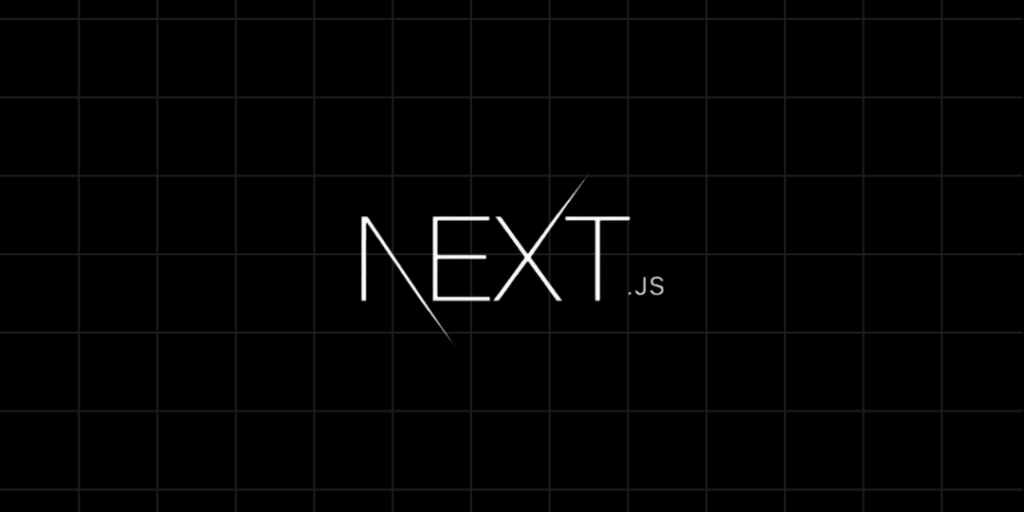
Next.js is a popular server-side framework that is built on top of React. It allows developers to build server-rendered React applications with ease. Next.js provides a number of features that make it easy to develop and deploy web applications, such as automatic code splitting, server rendering, and hot module replacement.
Nuxt.js

Nuxt.js is another popular server-side framework that is built on top of Vue.js. It provides a number of features that make it easy to develop and deploy web applications, such as server-side rendering, automatic code splitting, and hot module replacement. Nuxt.js also provides a number of plugins and modules that can be used to enhance the functionality of your web application.
Node.js with Express
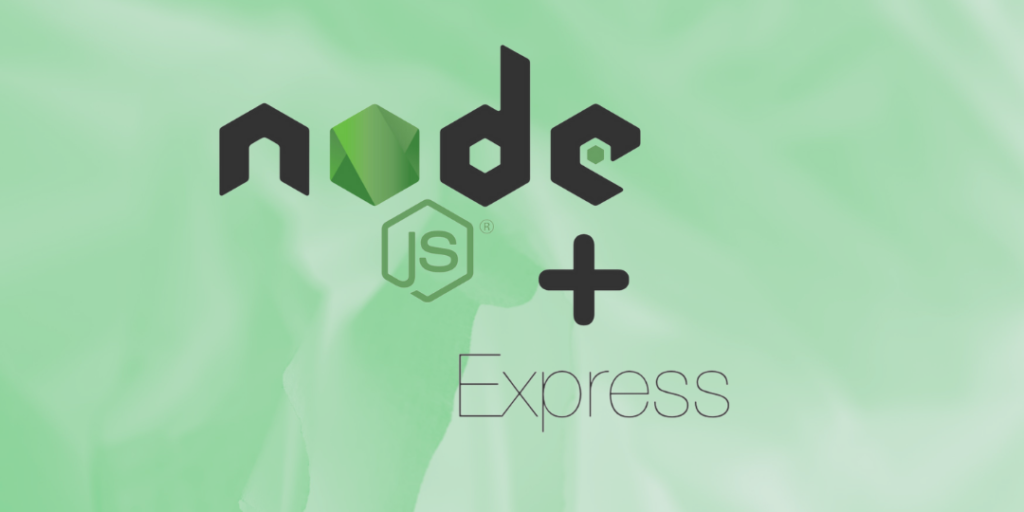
Node.js with Express is the most widely adopted JavaScript server-side framework. It is a fast, unopinionated, and minimalist web framework that is used to build web applications and APIs. Express provides a number of features that make it easy to develop and deploy web applications, such as middleware support, routing, and templating. It is also highly customizable, which makes it a popular choice among developers.
In summary, server-side frameworks are an essential part of developing web applications. Next.js, Nuxt.js, and Node.js with Express are just a few of the many server-side frameworks available to developers. Each framework has its own strengths and weaknesses, so it is important to choose the right one for your specific needs.
Mobile Development with JavaScript Frameworks
JavaScript frameworks have become an essential tool for mobile app development. They offer developers a range of features and functionalities that make it easier to create high-quality mobile apps. In this section, we will explore some of the top JavaScript frameworks for mobile app development.
React Native
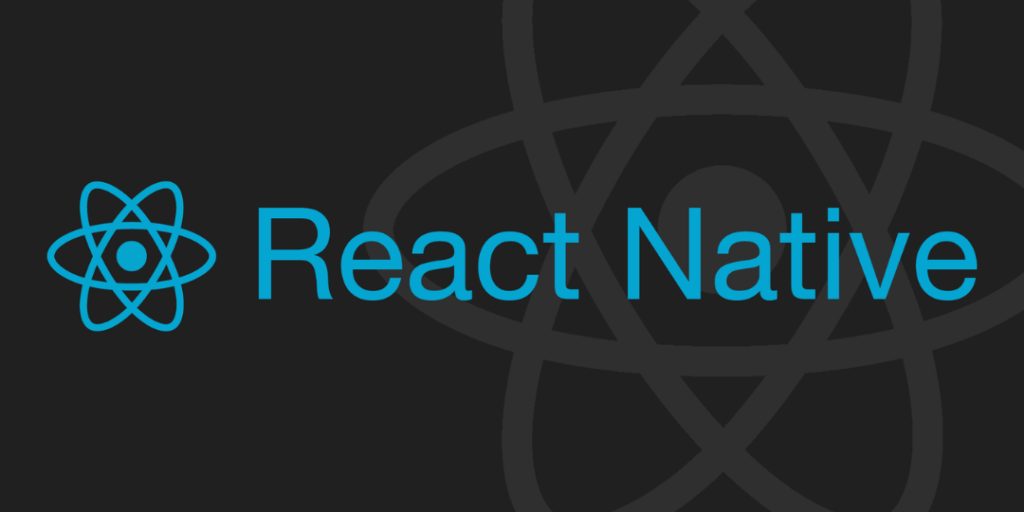
React Native is a popular JavaScript framework for building mobile apps that look and feel like native apps. It is built on top of React, a JavaScript library for building user interfaces. React Native allows developers to use the same codebase for both iOS and Android platforms, which saves time and effort. It also offers a range of pre-built components that make it easier to create complex UIs.
Ionic

Ionic is an open-source JavaScript framework that is used for building hybrid mobile apps. It is built on top of AngularJS and offers a range of pre-built UI components that make it easier to create high-quality mobile apps. Ionic also supports a range of plugins that allow developers to add native functionality to their apps.
NativeScript
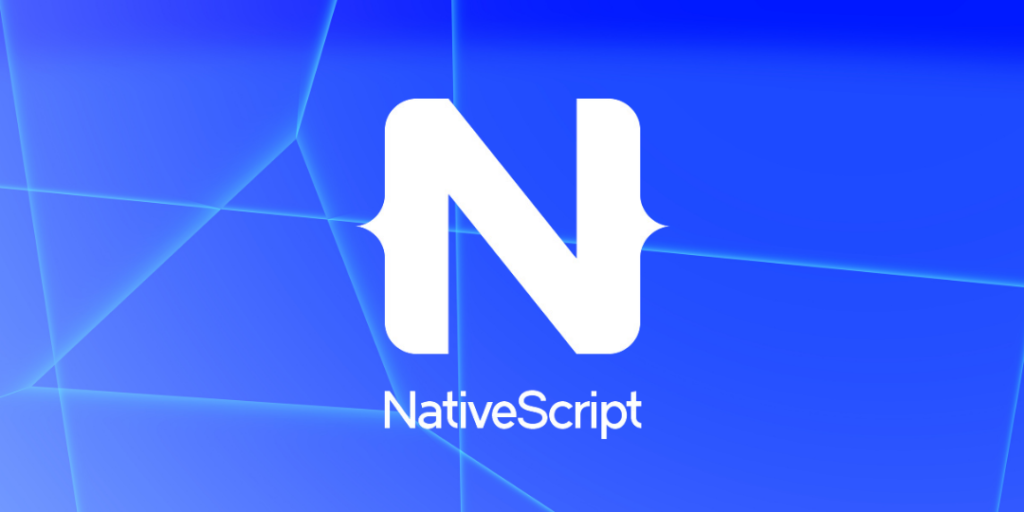
NativeScript is a JavaScript framework that allows developers to build truly native mobile apps using JavaScript. It supports both iOS and Android platforms and offers a range of pre-built UI components that make it easier to create complex UIs. NativeScript also supports a range of plugins that allow developers to add native functionality to their apps.
In conclusion, JavaScript frameworks have become an essential tool for mobile app development. React Native, Ionic, and NativeScript are some of the top JavaScript frameworks for building high-quality mobile apps. Each framework has its own unique features and functionalities, so developers should choose the one that best suits their needs.
State Management
In JavaScript, state management is a crucial part of building complex applications. There are several frameworks available to manage state in JavaScript applications. In this section, we will discuss some of the popular state management frameworks.
Redux
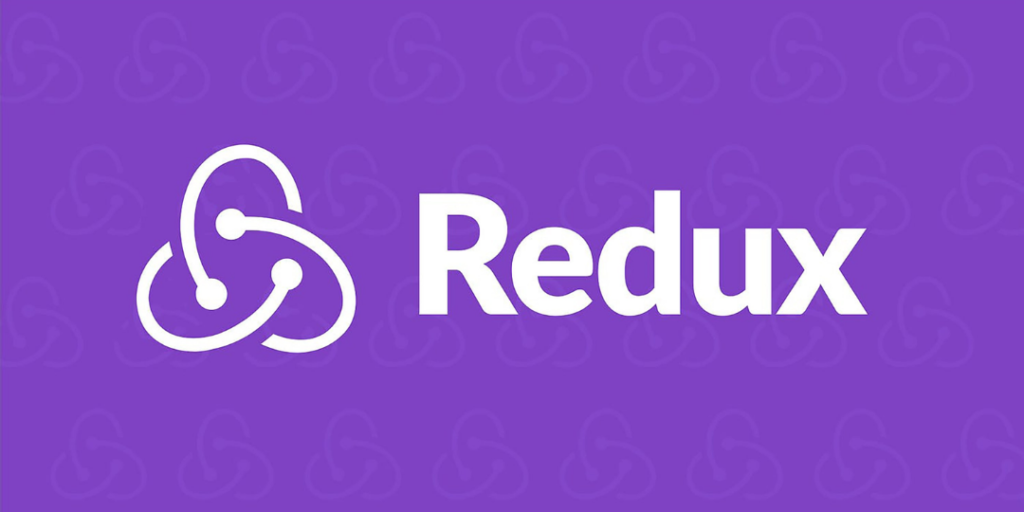
Redux is one of the most popular state management frameworks for JavaScript applications. It is a predictable state container that helps to manage the state of an application in a single place. Redux is based on the Flux architecture and provides a simple and easy-to-use API for managing state. It is widely used in React applications, but it can also be used with other JavaScript frameworks.
Redux has a few key concepts that developers need to understand to use it effectively. These concepts include actions, reducers, and the store. Actions are plain JavaScript objects that describe the changes that need to be made to the state. Reducers are pure functions that take the current state and an action and return a new state. The store is a single object that holds the entire state of the application.
Vuex

Vuex is a state management library for Vue.js applications. It provides a centralized store for managing the state of an application. Vuex is inspired by Redux and provides similar concepts like actions, mutations, and getters.
In Vuex, actions are similar to Redux actions and are used to perform asynchronous operations. Mutations are used to modify the state of the application. Getters are used to retrieve data from the state.
Vuex provides a simple and easy-to-use API for managing state in Vue.js applications. It is widely used in large-scale Vue.js applications.
MobX

MobX is a simple and scalable state management library for JavaScript applications. It provides a reactive programming model that makes it easy to manage the state of an application. MobX is inspired by reactive programming and provides a simple and easy-to-use API for managing state.
In MobX, observables are used to track changes to the state of an application. Actions are used to modify the state of the application. Computations are used to derive data from the state.
MobX is widely used in React applications, but it can also be used with other JavaScript frameworks. It provides a simple and easy-to-use API for managing state in JavaScript applications.
JavaScript Frameworks and SEO
JavaScript frameworks, such as React, Angular, and Vue.js, have become increasingly popular for building complex web applications. However, these frameworks can pose challenges for search engine optimization (SEO).
One of the main challenges is that search engines have difficulty crawling and indexing JavaScript-heavy websites. This is because search engines traditionally rely on HTML content to understand the structure and content of a website. When JavaScript is used to dynamically generate content, search engines may not be able to access that content.
To address this issue, JavaScript frameworks typically have routers that map what they call routes (paths) to clean URLs. A lot of JavaScript developers use hashes (#) for routing, which can cause problems for SEO. However, some frameworks, such as Angular, have options for using HTML5 mode, which allows for cleaner URLs.
Another challenge is that JavaScript frameworks often load a large amount of code and data, which can slow down page load times. Page speed is a crucial factor for SEO, as search engines prioritize fast-loading websites. To improve page speed, developers can use techniques such as code splitting, lazy loading, and caching.
In summary, while JavaScript frameworks offer many benefits for building web applications, they can also pose challenges for SEO. Developers should be aware of these challenges and take steps to optimize their websites for search engines.
Testing in JavaScript Frameworks
When it comes to testing in JavaScript, there are several popular frameworks available. In this section, we will explore some of the most widely used testing frameworks in JavaScript, including Jest, Mocha, and Cypress.
Jest

Jest is a popular JavaScript testing framework that is widely used for testing React applications. It is an open-source testing framework that is built on top of Jasmine, another popular testing framework. Jest is known for its ease of use and its ability to perform snapshot testing, which allows developers to compare the current state of their application with a previous snapshot.
Jest provides a number of features that make it a popular choice for testing JavaScript applications. These features include built-in mocking and coverage reporting, as well as the ability to run tests in parallel. Additionally, Jest is highly configurable, allowing developers to customize their testing environment to meet their specific needs.
Mocha

Mocha is another popular JavaScript testing framework that is widely used for testing both front-end and back-end JavaScript applications. It is an open-source framework that provides a flexible and extensible testing environment. Mocha is known for its ability to handle asynchronous testing, making it a popular choice for testing Node.js applications.
Mocha provides a number of features that make it a popular choice for testing JavaScript applications. These features include support for multiple test runners, as well as the ability to run tests in parallel. Additionally, Mocha provides built-in support for test coverage reporting, making it easy for developers to identify areas of their code that are not being tested.
Cypress

Cypress is a newer JavaScript testing framework that has gained popularity in recent years. It is an open-source framework that is designed specifically for testing front-end JavaScript applications. Cypress is known for its ability to perform end-to-end testing, which allows developers to test their applications in a real-world environment.
Cypress provides a number of features that make it a popular choice for testing front-end JavaScript applications. These features include the ability to perform real-time testing, as well as the ability to interact with the application being tested. Additionally, Cypress provides built-in support for test coverage reporting, making it easy for developers to identify areas of their code that are not being tested.
In summary, Jest, Mocha, and Cypress are all popular JavaScript testing frameworks that provide developers with a wide range of features and capabilities. Each framework is designed to meet the specific needs of developers, and choosing the right framework will depend on the specific requirements of the project being developed.
Future Trends in JavaScript Frameworks
JavaScript frameworks have been an essential part of the web development industry for years, and they continue to evolve and improve. Here are some of the future trends in JavaScript frameworks that developers should keep an eye on:
1. TypeScript Integration
TypeScript is a popular programming language that provides static typing for JavaScript. It helps developers catch errors before runtime and makes code easier to understand and maintain. Many popular JavaScript frameworks, such as React and Vue, already support TypeScript, and more frameworks are expected to follow suit in the future.
2. Progressive Web Applications (PWA)
Progressive Web Applications (PWA) are web applications that provide a native app-like experience to users. They are fast, reliable, and can work offline. Many JavaScript frameworks, such as Angular and React, already support PWA development, and more frameworks are expected to follow suit in the future.
3. Serverless Architecture
Serverless architecture is a cloud computing model where the cloud provider manages the infrastructure and automatically scales it based on demand. This architecture is becoming increasingly popular among developers because it allows them to focus on writing code instead of managing servers. Many JavaScript frameworks, such as Serverless Framework and AWS Amplify, already support serverless architecture, and more frameworks are expected to follow suit in the future.
4. Artificial Intelligence and Machine Learning
Artificial Intelligence (AI) and Machine Learning (ML) are becoming increasingly popular in web development. Many JavaScript frameworks, such as TensorFlow.js and Brain.js, already support AI and ML development, and more frameworks are expected to follow suit in the future. AI and ML can be used to create intelligent chatbots, recommendation engines, and more.
In conclusion, JavaScript frameworks are constantly evolving and improving, and developers should keep an eye on the future trends to stay ahead of the game. TypeScript integration, Progressive Web Applications, Serverless Architecture, and Artificial Intelligence and Machine Learning are some of the trends that developers should pay attention to in the coming years.